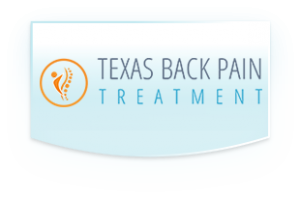 About Osteoporosis
About Osteoporosis
Osteoporosis, which means “porous bones,” is a progressive bone disease that is characterized by a decrease in bone mass and density which can lead to an increased risk of fracture.
Numbers
- 1 in 2 women who suffer from osteoporosis
- 20 % of Americans suffering from osteoporosis are men
- 30 is the age at which your optimal lifetime skeletal mass is achieved
- 35 % of American adults consume recommended daily allowance of calcium
- 62 % of your bone density is a result of genetics
- 65 years is when men begin to lose bone mass by the same rate as women
- 80 % Americans suffering from osteoporosis are women
- 800 IUs of vitamin D is recommended daily for adults at 50 and over
- 1,200 milligrams of elemental calcium is recommended daily for adults ar 50 and over
- 44,000,000 Americans are affected by osteoporosis and osteopenia
Symptoms
Osteoporosis is often called a “silent disease” because bone loss occurs without symptoms. Many people may not know that they have osteoporosis until their bones become so weak that a sudden strain, bump, or fall causes a fracture or a vertebra to collapse.
Risk Factors
Gender. Fractures from osteoporosis are about twice as common in women as in men.
Age. The older you get, the higher your risk of osteoporosis.
Race. Caucasian and Asian women and men have a greater possibility of osteoporosis.
Family history. Osteoporosis runs in families.
Lifestyle. A sedentary lifestyle, low calcium intake, and tobacco use contribute to weak bones.
Alcoholism. This is one of the leading factors for osteoporosis in men.
Thyroid hormone. Too much thyroid hormone also can cause bone loss.
Detection
You can’t feel yourself losing bone, but you might feel a spinal fracture – the most common complication from osteoporosis. Acute and back pain are outward signs of such fractures. A bone density test is a detection tool that uses X-rays or sound waves.
Prevention
You’re never too old – or too young – to improve your bone health. There are many things that you can do to keep your bones strong and prevent fractures. A diet rich in calcium and weight-bearing exercise can prevent osteoporosis.
Vitamin D is important in your diet as well. It helps your body absorb that calcium. Aim for 200 to 400 international units (IU) daily if you’re 50 and under and 400 to 600 IU daily if you’re over 50.
Exercise
Weight-bearing exercises reduce bone loss and help prevent fractures. Activities such as walking, running, climbing stairs, tennis, and weight lifting can put stress on your bones, this will signal your body that to strengthen your bones. New cells in your body can help strengthen your bones.
Treatment for osteoporosis may involve Lifestyle changes, taking calcium and vitamin D and using medicines
Treatment
There are various drugs for the treatment. These include bisphosphonates (the main drugs used to prevent and treat osteoporosis in postmenopausal women), estrogens, teriparatide, raloxifene, and calcitonin
